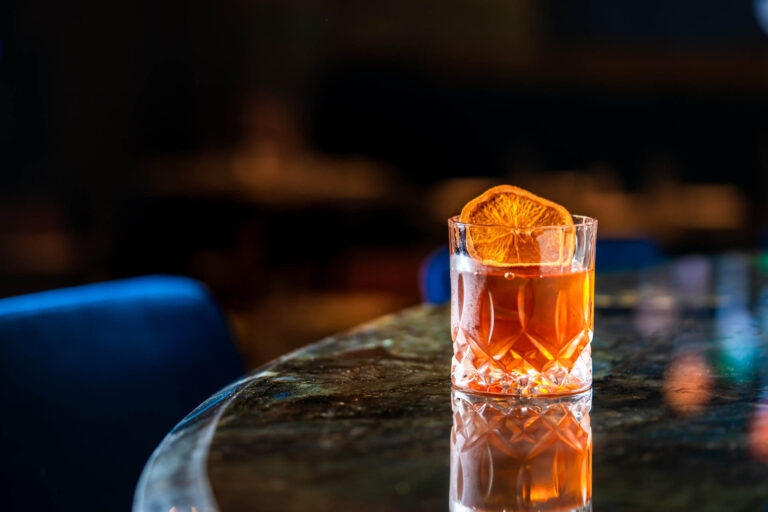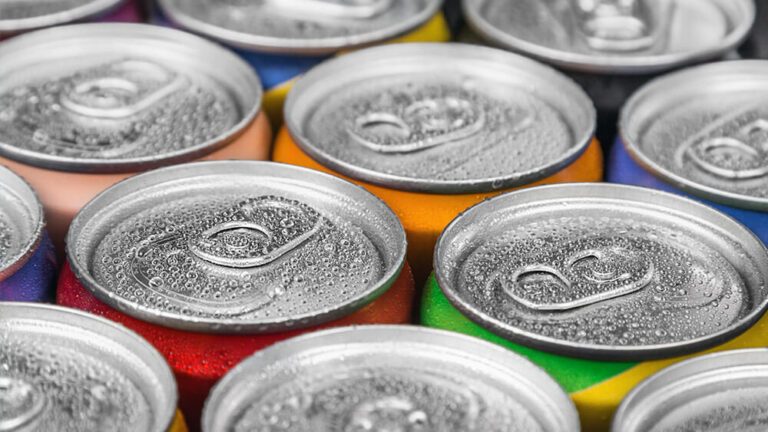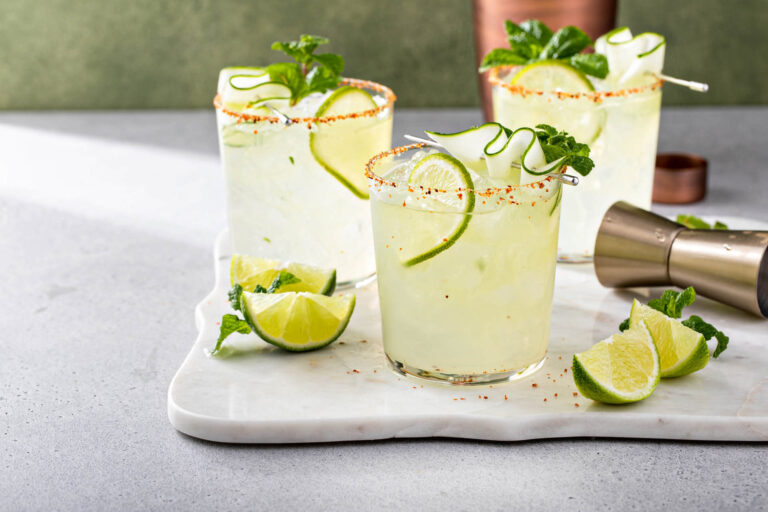10/10/2024
Maturing RTD category poised for sustained growth
Rising levels of recruitment and consumption frequency will drive beverage alcohol share gains, despite a slowing of growth versus the past five years
The dynamic but maturing global RTD category will continue to expand its share of total beverage alcohol (TBA) over the next few years, with volume growth expected in all of its top 10 markets, according to new data from IWSR, the global authority on beverage alcohol data and intelligence.
A resurgence in consumer recruitment and consumption frequency is driving renewed gains – albeit at a slower rate than in the past few years – and RTDs are increasingly viewed as an affordable alternative to spirits, beer and wine. At the same time, innovation is becoming more effective as the number of product launches diminishes, while volumes remain resilient.
According to IWSR’s newly published RTDs Strategic Study 2024, RTD volumes in the top 10 global markets – Canada, the US, Mexico, Brazil, South Africa, the UK, Germany, China, Japan and Australia – rose by 2%, with the strongest gains in Mexico (+8%) and Germany (+4%). All markets except Australia (-1%) registered gains.
It caps a buoyant five-year period for the category, in which the US, Canada, Mexico, China and Germany all registered double-digit CAGR gains (2019-23), but growth has slowed in the past year as many markets reach maturity and TBA growth slows.
Nonetheless, all of the top 10 markets are forecast to register CAGR volume gains between 2023 and 2028, spearheaded by Brazil (+6%), Australia (+3.5%), Germany (+3.5%), the US (+3%) and Canada (+3%).
The RTD category’s chief growth engines are focused on the US, where hard tea, FABs and cocktails/long drinks will be the biggest volume drivers in the coming years.
“Despite the slowdown in growth, RTDs are continuing to gain share of TBA – a trend that we expect to continue throughout the forecast period, and particularly in the more established markets of Japan, the US, Australia and Canada,” says Susie Goldspink, Head of RTD Insights, IWSR.
“As this occurs, RTD consumption is impacting other categories, so companies need to join or invest in the RTD market in order to combat this. The UK, Japan, Brazil and Australia all report a decline in spirits consumption as a result of people drinking more RTDs, with other markets reporting a similar reduction in beer.
“Building brand awareness and loyalty is necessary to remain competitive – as innovation slows and the category becomes more established, connecting with the consumer is becoming increasingly important.
“But local is still paramount: despite the isolated successes of a few international products, RTD brands enjoy success through local propositions and flavour appeal. Brand owners would do well not to deter consumers by offering them an international proposition that lacks local nuance.”
IWSR’s analysis of the global RTD category also shows:
Recruitment resurgent
After some years of declining levels of recruitment, more consumers entered the RTD category in 2024, according to IWSR consumer research, which was in turn reflected in cautious volume growth and an increased share of TBA.
This was particularly pronounced in the UK (where 19% of RTD consumers were new to the category), Germany (18%), Canada (18%) and the US (17%). Across all top 10 markets, the proportion of new entrants was 16%, marking a notable increase compared to 2023.
“After several years of a slowdown in recruitment, 2024 accrued more RTD buyers who had entered the category in the past two years,” says Richard Halstead, COO Consumer Research, IWSR. “Markets with the highest level of recruitment are typically those that skew to older RTD buyers, and new recruits skew younger across markets.”
Frequency and Intensity
IWSR research shows that certain markets – mainly those with younger LDA consumers – have seen an increase in their frequency of RTD consumption, whereas intensity of consumption (the number of RTD drinks consumed per occasion) has stayed stable.
“However, there are marked differences in consumption patterns across countries,” says Halstead. “Older consumer bases, such as those in Germany, Canada, the UK and the US, are more likely to drink less per occasion, while – perhaps unsurprisingly – markets with a larger younger consumer base see higher consumption intensity.”
Influence of flavour vs brand
While flavour remains the most important choice cue, it is continuing to reduce in influence as consumers engage with the category: in 2022, 57% of RTD consumers said it was a cue to purchase, but in 2024 this figure fell to 49%.
However, brand is also becoming a less significant cue, falling to 29% in 2024, reflecting the fact that brand loyalty is lower in more fragmented markets, and also that products with a branded spirit base are underperforming versus RTDs with an unbranded spirit base. Generally speaking, RTD brands are strong locally, rather than universally.
Consumer confusion about alcohol bases
Malt-based RTDs are continuing their decline, leaving spirit and wine bases to drive category growth; volume growth for spirit-based products remains strong, with wine performing well in the last year.
However, IWSR research indicates that consumers are often confused about the base of RTD products: for example, most buyers (54%) associate the hard seltzer segment with spirits, when the vast majority of products (83%) are in fact malt-based.
At the same time, traditionally malt-based categories, such as hard seltzers and hard teas, are undergoing a switch to spirit-based products, premiumising the offering and also trying to alleviate malt-based RTDs’ structural decline.
“A new innovation race in spirit-based hard seltzer products has taken over from the previous malt-based battle,” explains Goldspink. “But the establishment of this easy-to-drink, lower-ABV, spirit-based category, and the proliferation of me-too products, runs the risk of overwhelming consumers once again.”
Innovation efficiency
As it matures, the RTD category is becoming less reliant on innovation to drive growth, and experimentation among consumers is also slowing down – reflecting both a diminishing appetite for new flavours and cost-conscious consumers unwilling to take a risk on an unfamiliar product. In 2021, there were more than 3,300 RTD product launches; in the first half of 2024, there were less than 1,000.
“While the pace of innovation has tailed off, volumes continue to grow as we see less reliance on innovation to drive performance, and consumers wanting to minimise risk on new products they do not know,” says Goldspink.
“At the same time, effective flavour options and variety packs are helping to sustain growth in many markets, especially among younger consumers – and innovation remains key to engaging with this age cohort.”
The IWSR RTDs Strategic Study 2024 is now available to all subscribing clients. For further information or to gain access, please email enquiries@theiwsr.com. Current IWSR clients can contact their IWSR Account Manager.
The above analysis reflects IWSR data from the 2024 data release. For more in-depth data and current analysis, please get in touch.
CATEGORY: RTDs | MARKET: All | TREND: Convenience |
Interested?
If you’re interested in learning more about our products or solutions, feel free to contact us and a member of our team will get in touch with you.




